
About This Quiz
Every action has an equal and opposite reaction. Someone took math and science and forced them together, and the reaction to that was physics. Physics is one of the most difficult subjects for people to wrap their minds around because it takes the concepts that hard sciences like biology give us and adds the most difficult math equations you can think of. Just knowing the basics of physics is a lot for one brain to handle, and in this quiz, we're taking it to a whole new level. We're exploring the concepts, equations, laws and theories that made physics what it is today: really, really hard to understand.
We know this quiz is going to be tough, but we promise to start you off with a few easier questions to warm you up ... just don't be surprised if you get a few of these wrong. As a matter of fact, we don't expect you to get more than 10 right, but we'll be really impressed if you do.
What are you waiting for? An object at rest will remain at rest until an outside force moves it ... It's time to be that outside force and scroll down to start answering questions!

In general, watts refer to how much power is in an electrical circuit. If you're ever out buying light bulbs, you will see the wattage of bulbs can be different. This shows how much light the bulb can produce, if put in a proper socket.

Inertia is an object's ability to resist change based on the composition of an object. This means that the ball didn't change momentum as it crashed through the glass because it was denser than the glass itself.
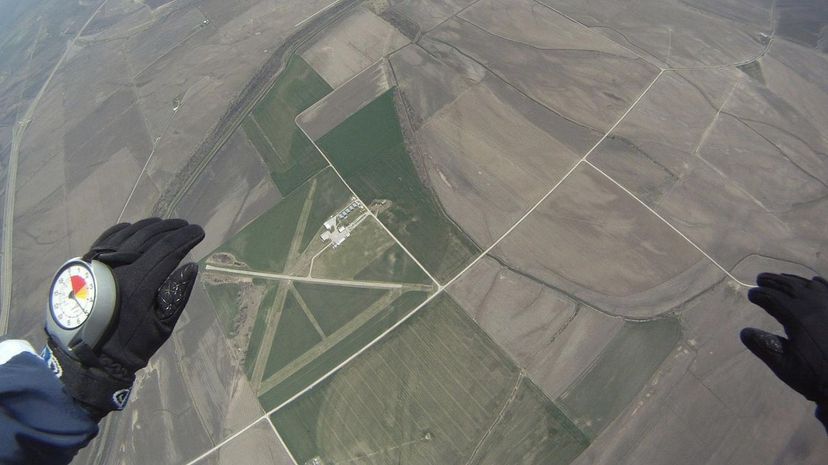
When someone or something is in a free fall, there is no other force affecting their speed or acceleration than gravity. For example, a skydiver simply falls from the plane and allows gravity to help them accelerate.
Advertisement

Thermal equilibrium is a term used for two different objects that are of the same temperature. There is no heat transfer between them because neither is taking heat or releasing heat.

There are times when science has a tendency to make things a little more complicated than they have to be. Physics is no different. Magnification is when the image of something is a different size than the actually object.
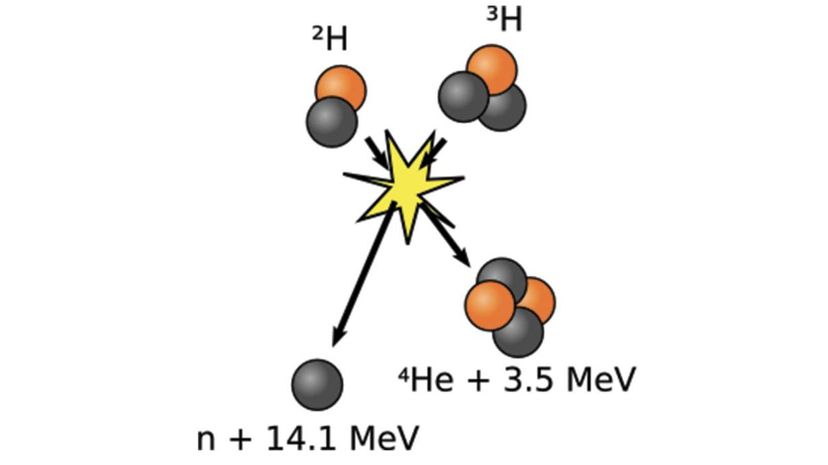
When nuclear fusion occurs, you will also see a reaction in the form of a release or absorption of energy. Nuclear fusion requires extremely high temperatures to actually happen.
Advertisement

Surface tension isn't exclusive to water. As a matter of fact, nearly every liquid has some amount of surface tension. This property of liquids functions very much like a membrane over it, adding resistance.

Infrasonic sound waves at a frequency so low that it cannot be heard by human ears. This frequency has to be less than 20Hz. However, if the pressure is high enough, humans can still perceive it.
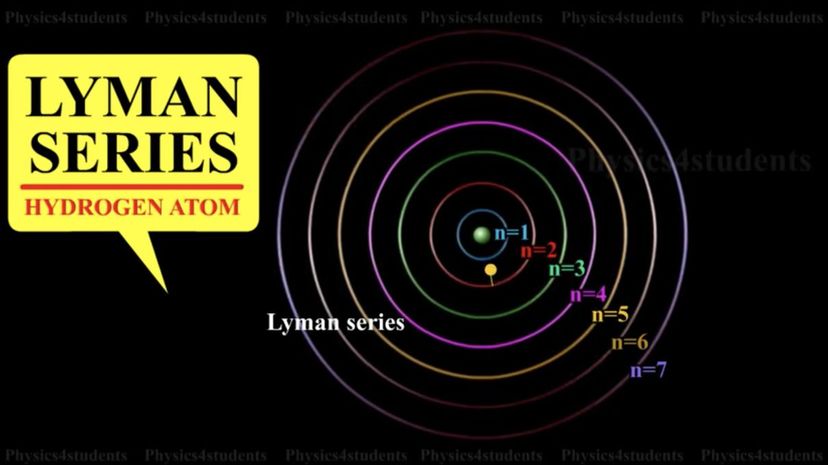
The hydrogen atom is rather unique. The Lyman series refers to a group of lines (or a spectral series) within the ultraviolet region on the hydrogen spectrum. It is created when electrons move from one energy level to another within the atom.
Advertisement
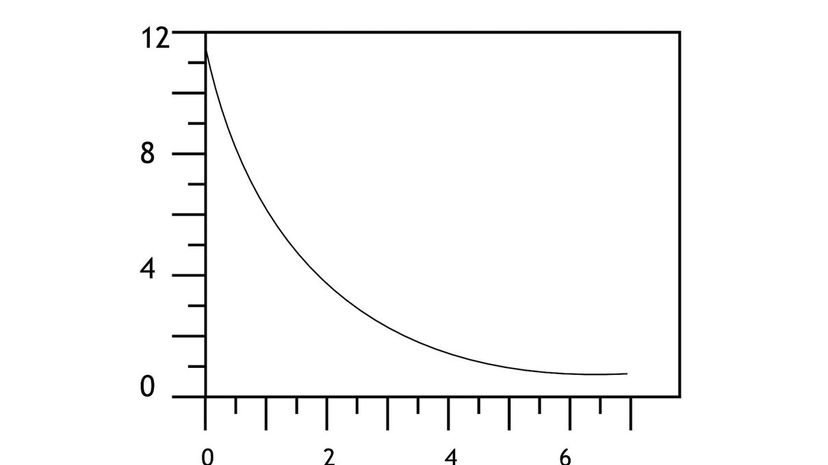
A half-life also refers to the time it takes for the radioactivity of an isotope to be cut in half. Many elements have half-lifes that are much longer than you'd think. For example, Plutonium 239's half-life is over 24,000 years.

While many people think of weight as how heavy something is, in physics terms, weight actually refers to force. You can figure out the weight of something by multiplying mass by gravity.
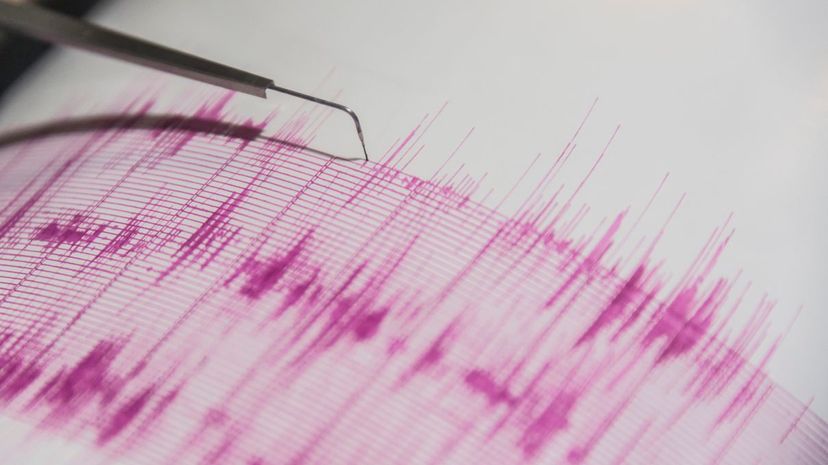
Sound waves create vibrations. These vibrations are actually just a consistent motion that repeats itself, moving back and forth. The oscillations come from an equilibrium point and fan outward.
Advertisement

While many believe that work is something that you show up to every day, the true definition of work requires something to move or function. You can push on a brick wall until you're sweating, but if that wall doesn't move, you're not doing any work.
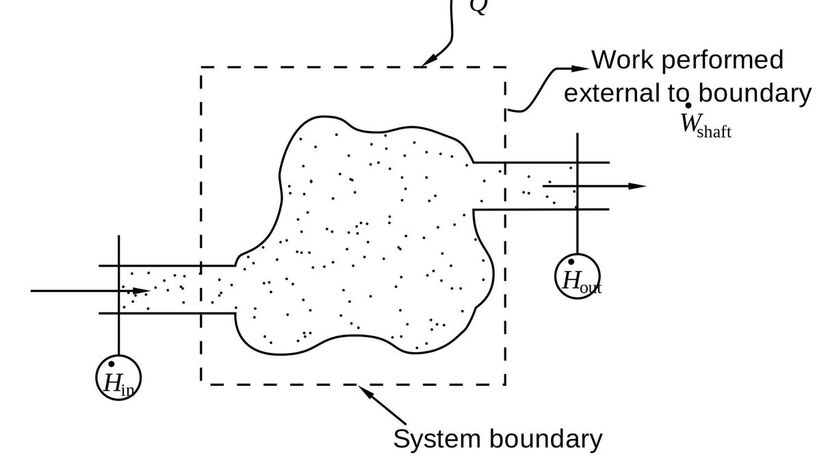
There are open systems and closed systems. In open systems, mass and energy can be lost or gained from the environment alone. On the other hand, closed systems don't interact with their environments.

A spectral line is a dark or bright line that occurs in a uniform spectrum. When you place a magnet to this spectrum, you can see the line begin to spit off. This is the Zeeman effect.
Advertisement

When it comes to elasticity, Hooke's law explains what is needed to expand or contract a spring. The law states that stress and strain applied to an object must be proportional to achieve a goal.

The ice-point and the melting-point of ice are the same thing. It seems odd to call a melting-point an ice-point, but the temperature is consistent. It is either 32 degrees F or 0 degrees C.

A steam-point doesn't necessarily refer to the temperature of the water itself. It actually is more specific to the steam above boiling water. In any case, at sea level, the steam-point of water is 212 degrees F.
Advertisement

An isothermal process is necessary for creating reactions at slower speeds. They usually happen when the system (or the thing being changed) is changed very slowly with the help of a thermal reservoir or a heat bath.

Ultra sonic sound is any sound wave that has a frequency that is higher than a human's ability to hear it properly. That means any frequency over 20,000 Hz is considered ultrasonic.
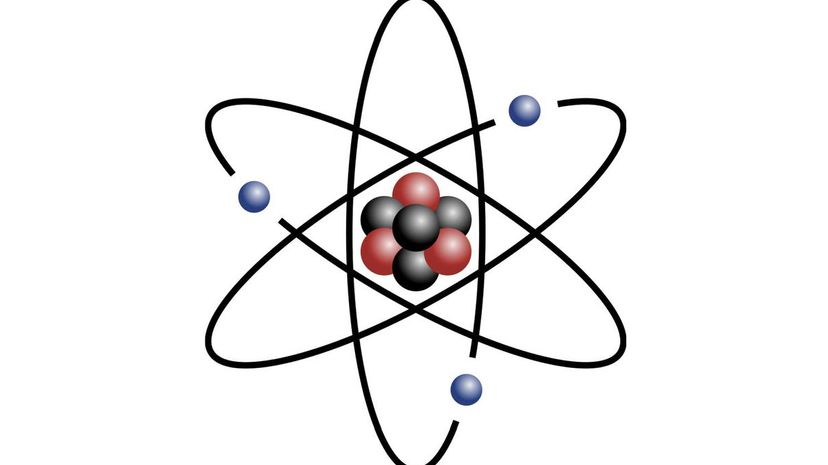
The ground state of an atom is also called the zero-point energy of the system. The opposite of the ground state is known as the excited state, which is an a state that is anything above the ground state.
Advertisement

In physics, luminosity doesn't necessarily have to refer to light. It can refer to energy that isn't visible as well. It mostly refers to the amount of radiation that is emitted from a single source.
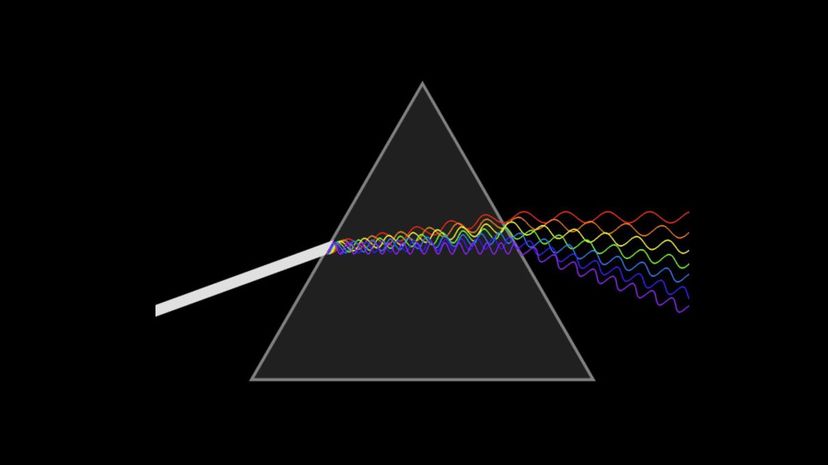
The only item on this list that is not a mechanical wave is a light wave. Light waves are considered electromagnetic waves because they can travel through a vacuum (like space), whereas mechanical waves cannot.
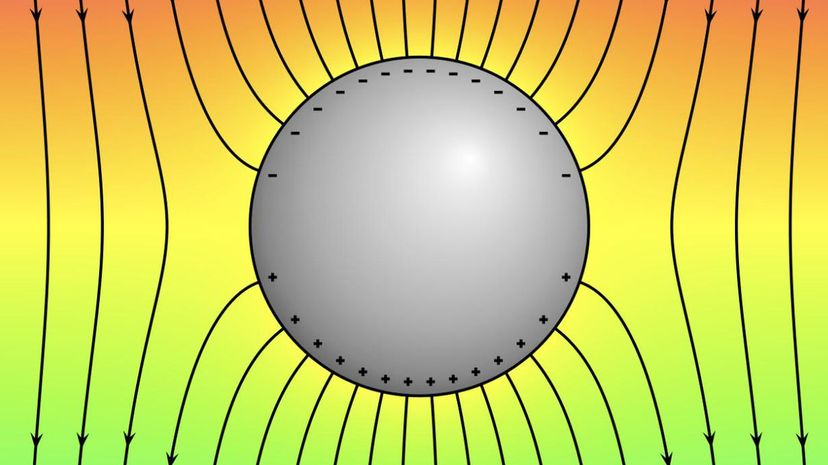
When it comes to the way electricity moves, nearly everything gives a little resistance. However, there are some materials that will reduce the resistance almost to zero under the right conditions.
Advertisement

In the 1600s, Kepler created three laws of planetary motion based on his observations of the stars. Each of these laws still holds up today based on our reviews of how the planets move and interact with other celestial bodies.

The ideal gas equation describes the state of a hypothetical gas (or ideal gas). The P, V and T stand for pressure, volume and absolute temperature. The n represents moles of gas while R stands for the constant of the ideal gas.

To properly record the natural frequency of an oscillating object, you have to first ensure that there are no external forces affecting it. This will help you understand how the object moves without outside factors.
Advertisement
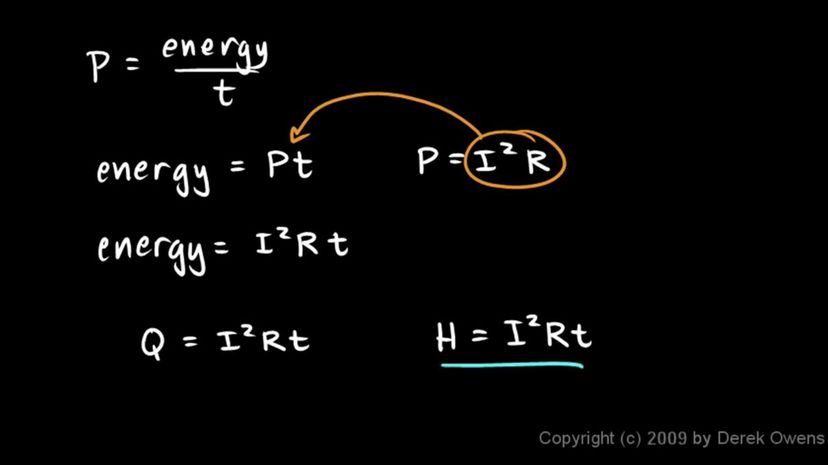
Joule's law of heating defines the heat that is produced by an object. In this equation, the I stands for the current flowing through a resistor (represented by the r) over a given time (t). Q represents the heat that is produced.

There are three laws of motion, according to Newton. While you might not be able to see the fact that every action has an equal and opposite reaction (because it can be subtle sometimes), this law has yet to be disproved.
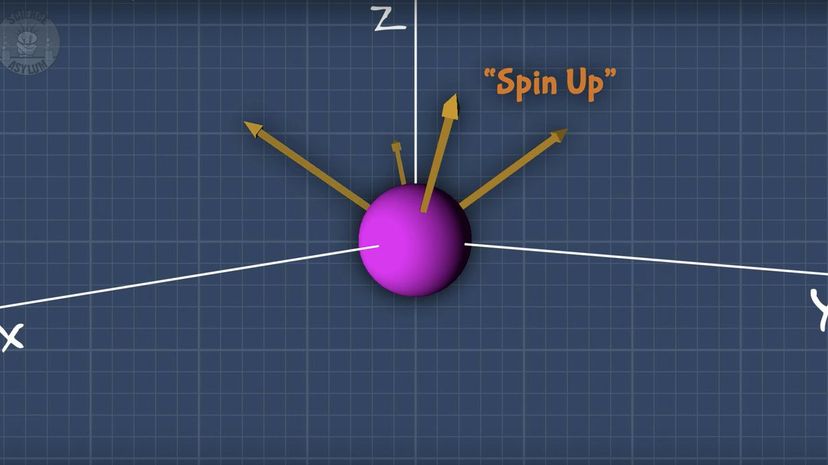
The energy state of electron waves have four different descriptions. Of these four descriptions, the spin quantum number represents the orientation as it relates to an outside magnetic field.
Advertisement

For those who study frequencies, the fundamental frequency is referred to as the fundamental. It is the lowest possible frequency of a wave form. For example, in music, it is the lowest pitch of a note.

In order to figure out the mass number of a nucleus, you have to first know how many protons and neutrons it has. If you know these two numbers, simply add them together and you have the mass number.

When you consider the definition of thermal capacity, it's important to note that the entire object or body needs to raise by one degree before the proper capacity can be calculated.
Advertisement

The latent heat of vaporization refers to the amount of heat that is needed to convert a specified amount of liquid into its gaseous form. Here's the catch: when you're looking for the latent heat of vaporization, you can't change the temperature of the liquid. You simply have to add energy.
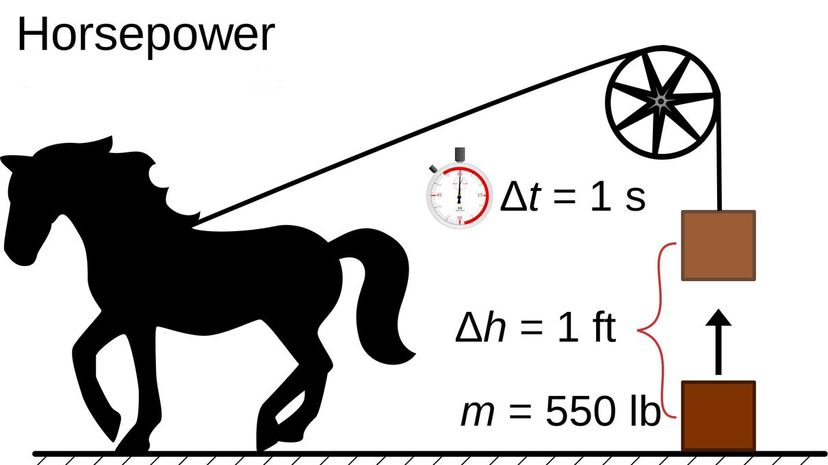
Both a watt and a unit of horsepower are units that measure power. One H.P. (horsepower) is equivalent to 746 watts. Horsepower is used to describe the rate that mechanical energy is expended.